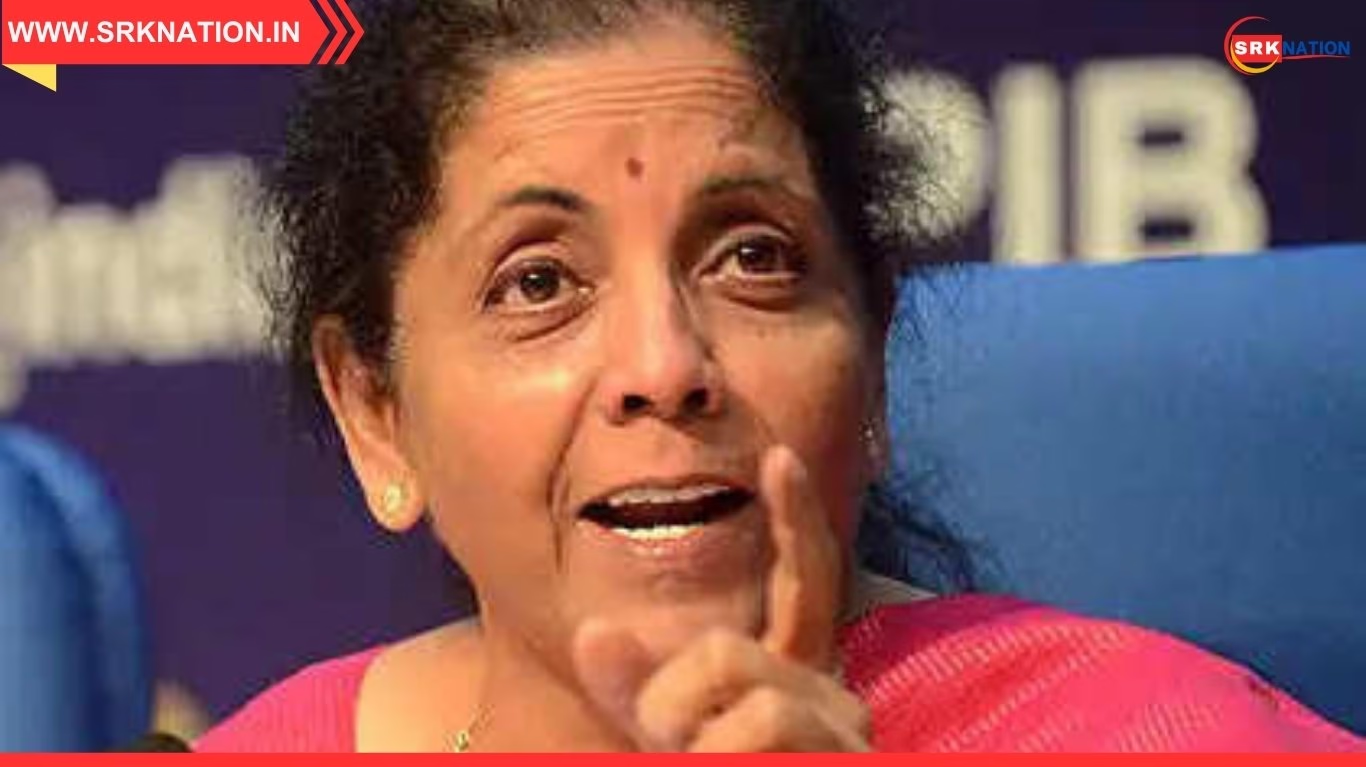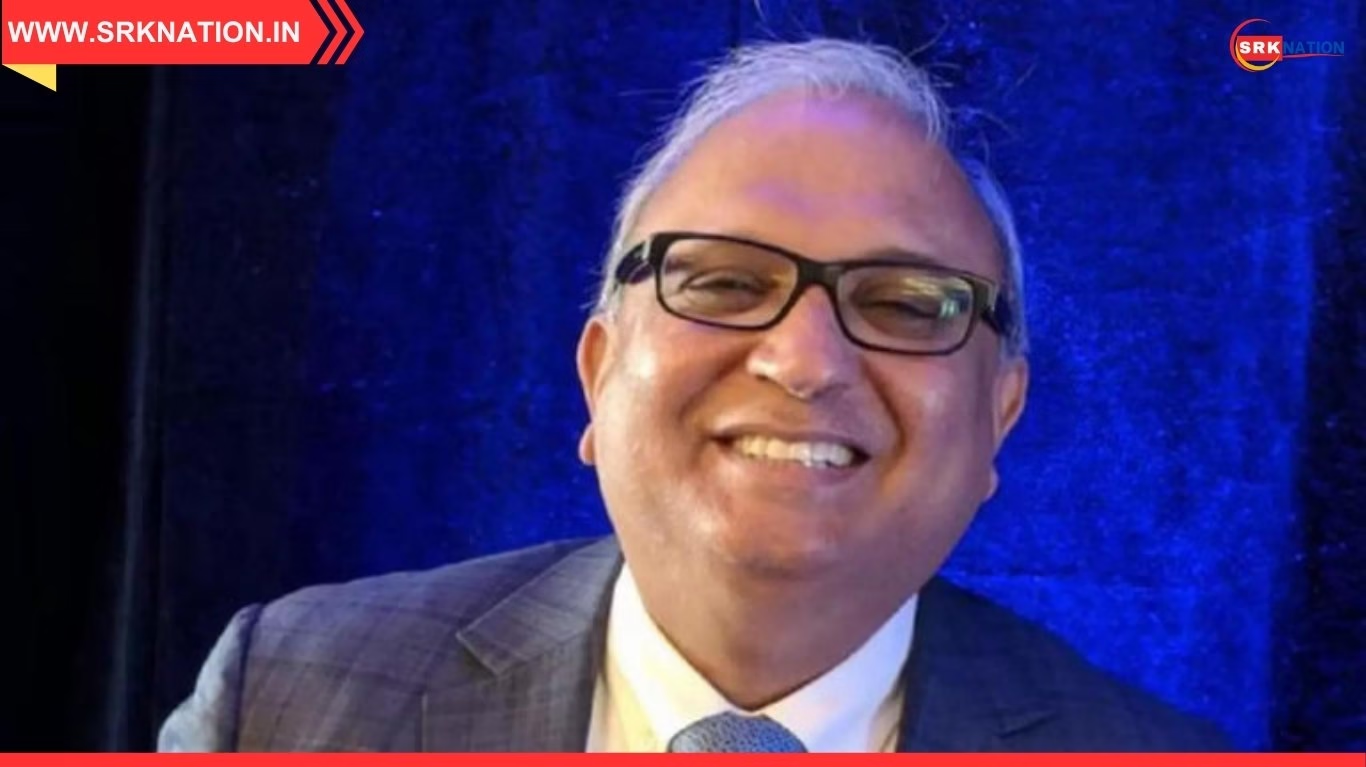India must sustain an average annual growth rate of 7.8% over the next 22 years to transition into a high-income economy by 2047, according to a World Bank report released on 28 February and reported by The Hindu. The report, titled “India-Country Economic Memorandum: Becoming a High-Income Economy in a Generation,” emphasizes that while the goal is achievable, bold reforms and their effective implementation will be crucial.
The report acknowledges India’s impressive economic trajectory, with an average growth rate of 6.3% between 2000 and 2024. It highlights how other nations like Chile, South Korea, and Poland successfully transitioned from middle-income to high-income status by deepening their integration with the global economy.
“India can chart its own path by stepping up the pace of reforms and building on its past achievements,” said Auguste Tano Kouame, World Bank Country Director for India, as quoted by The Hindu.
To reach high-income status, the report outlines several key requirements:
1. *Achieving faster and inclusive growth across states*
2. *Increasing total investment from the current 33.5% of GDP to 40% by 2035*
3. *Increasing overall labour force participation from 56.4% to above 65%*
4. *Accelerating overall productivity growth*
Co-authors of the report, Emilia Skrok and Rangeet Ghosh, stressed that India can take advantage of its demographic dividend by investing in human capital, creating enabling conditions for more and better jobs, and raising female labour force participation rates from 35.6% to 50% by 2047.
The report also notes that India’s growth rate has accelerated to 7.2% over the last three fiscal years. However, sustaining this momentum requires structural reforms in four key areas:
1. *Scaling Up Investments*: Private and public investment should increase from 33.5% of GDP to 40% by 2035.
2. *Creating More and Better Jobs*: Policy measures should incentivize the private sector to invest in job-rich sectors like agro-processing, hospitality, transportation, and the care economy. India’s labour force participation rate currently stands at 56.4%, compared to 73% in Vietnam and 60% in the Philippines.
3. *Transforming Industry and Trade*: With 45% of India’s workforce still in agriculture, shifting resources toward higher productivity sectors like manufacturing and services can help India catch up with Thailand, Vietnam, and China in global value chain (GVC) participation.
4. *Ensuring Balanced State-Level Growth*: Less developed states should focus on strengthening the fundamentals of growth, such as health, education, and infrastructure, while more developed states could prioritize the next generation of reforms, including a better business environment and deeper participation in GVCs.
By addressing these areas, India can aspire to achieve high-income status by 2047, marking a significant milestone in its economic journey.
Stay tuned for further updates on India’s economic progress and the World Bank report.

See insights and ads
पोस्ट को प्रमोट करें · Promote post
Like
Comment
Send
Share











